Surgery is considered to be the most effective method in the eye of ophthalmic pathologies.Thanks to modernized medical technologies, eye surgery is performed very quickly.They are practically not causing damage to the eyeball, but sometimes unforeseen complications can occur.Since each operation has its own contraindication, the type of surgery is selected separately, depending on the type of disease.To reduce the risk of failure after treatment, doctors recommend that you take all the necessary tests.
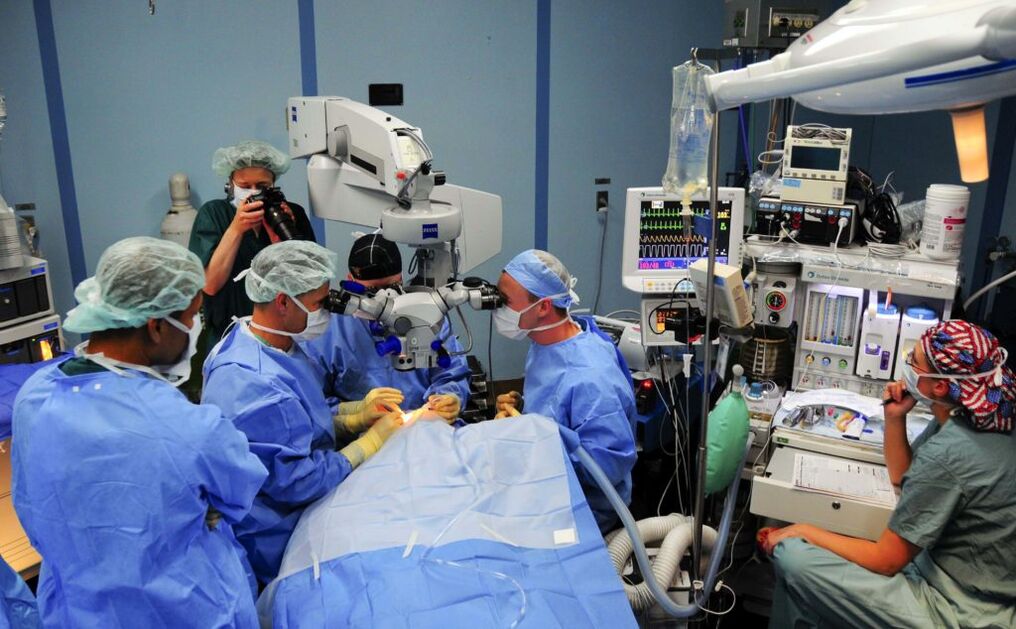
Indications
The procedure is prescribed after thorough visual inspection and all necessary diagnostic procedures.Any operation is a risk, so before the operation is counseling, your doctor will try conservative treatment methods using medication.Surgery is prescribed only if the drugs do not provide the desired results.Indications of surgery:
- eye dystrophy;
- The formation of the cornea;
- keratoconus;
- Traumatic damage to the visual organ;
- keratoglobus;
- Serious pathological changes in the organ.
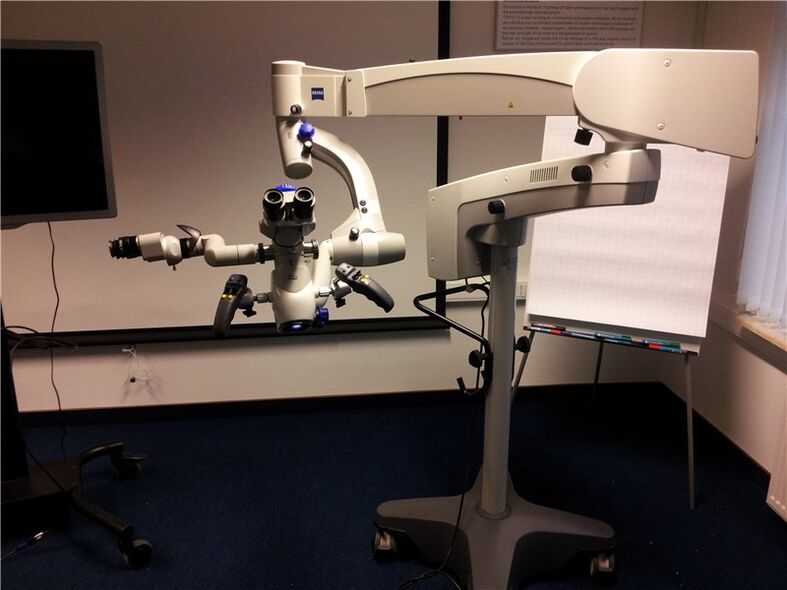
Types and behavior
Before surgery, you should go through diagnostics, and your doctor will announce a list of tests during the consultation.Visual correction methods are selected separately by each patient, which can be recommended to the patient for cataracts, short -sightedness, strabismus, halazion, glaucoma and other dangerous differences.During manipulations, ophthalmologists use modern medical equipment, the intervention is performed with a microscope, and the vision is adjusted with very small incisions.Because the operation is simple and low traumatic, long -term hospital care is not required.After 2-3 hours, the doctor explains in detail to the patient every shade of the recovery period, how to care for the eyes and go home.The hospital is only recommended with severe pathologies (retinal detachment, severe inflammation, penetrating wounds).There are these types of operations:
- laser surgery;
- Vitrectomy;
- Trabeculectomy;
- Ltp, lie;
- Focoemulsification;
- scleroplasty;
- keratoplasty;
- Enlulation of the eye;
- replacement of the lens;
- Crossbar;
- Anti -Comatic operations.
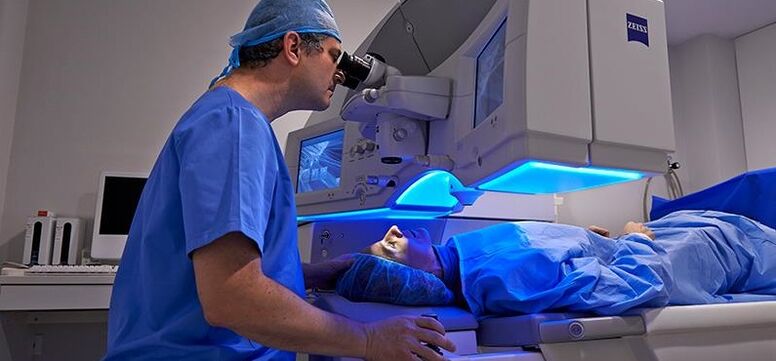
Laser vision correction
Complete your retina injuries and fractures.Before agreeing, the patient should conduct a thorough examination.Drops expanding the student drip before the intervention.With the help of the laser, the garbage is made with microsurgery (weak areas of the tissues), which prevents fluid penetration and subsequent separation.The laser coagulation of the retina takes a few minutes, even the kids tolerate it well.
The operation takes place during local anesthesia.During the healing period, the patient is recommended to leave active sports, bad habits and physical overloads.The negative consequences of the laser vision correction can show themselves within 3 hours - an increased secretion of tears, photophobia, redness, discomfort and rubbing.Doctors do not recommend this procedure under 18 years of age.The percentage of vision restoration is very high after laser repair.
Keratoplasty
With the irreversible pathological changes of the eye, the oculists recommend this procedure.Visual and eye reset after injury consists of complete removal of the tissues of the cornea, which is then replaced by Donor.There are many causes of surgical intervention - this is keratoconus, severe damage to the tissues of the eyeball, EED, ulcerative changes caused by fungal infections and genetic predisposition.Local anesthesia are used during surgery.Musical instruments need to remove the sore cornea and replace the seams and then use the seams.The time is approx.It takes 2 hours.The recovery period is 1 year.The eyes are recommended to protect the eye, which prevents the organ from injury and complications after surgery.
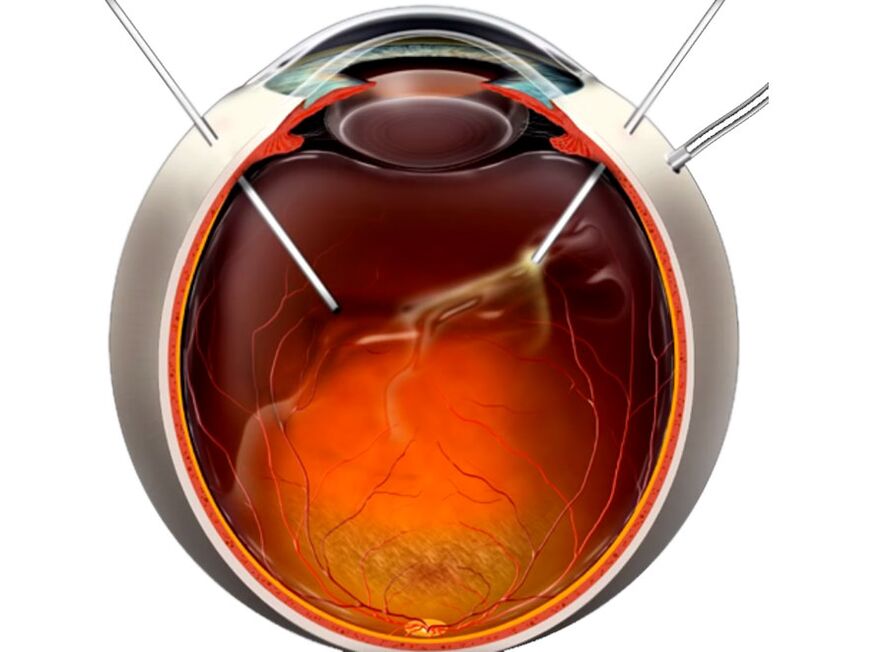
Vitrectomy
Perform the vision correction with pathologically changed vessels on the retina and when removed.Thanks to professional manipulations, the doctor will have access to the back of the eye.After removal, the glass body is replaced by donor material.Salt solution, silicone oil, polymers and perfactor -speed compounds are used as a special fluid.In ophthalmology, vitrectomy is a micro -vasiic method, interference in the visual organ system is minimal, which contributes to the patient's return to the patient.This method can be used to restore the structure of the retina, preventing the formation of pathologies, the name of which is adhesion and retinopathy.
Because the air is filled with many dust particles, to prevent organ correction infection, the worked eyes should be tightly glued with a bandage for a while.
Anti -Comatic operations
Eye surgery should be used if medication is unauthorized and only after full examination.This type of intervention does not cause pain, is prepared quickly, is usually prescribed to treat closed and open glaucoma, and when the blood vessels germinate in the eyes.The essence of the procedure is to eliminate the accumulated fluid inside the organ, it is performed by a laser.The most effective methodology is considered to be deep sclerctomy.In the process of therapy, the cornea layer interprets it surgically, thereby reducing increased intraocular pressure.The possible consequences of these types of operations can be expressed when the scars are formed, first the eye can be red.
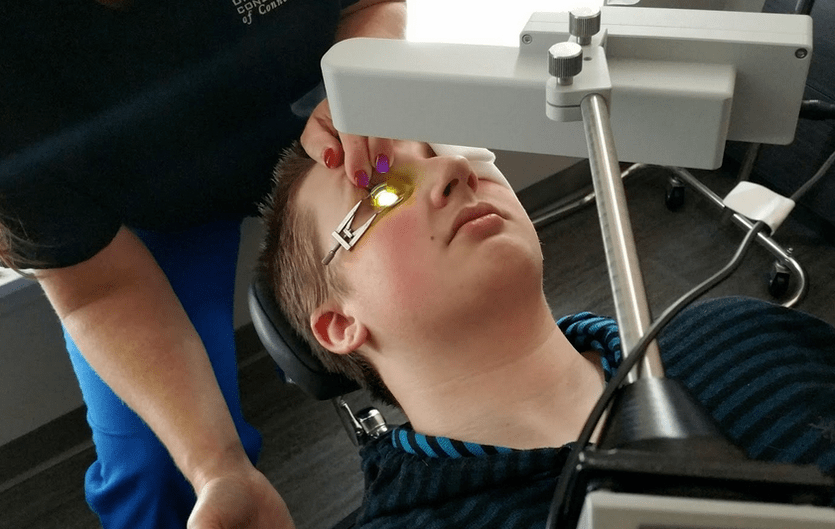
Cross -bar
A fairly new method of treating keratoconus, using it, can prevent the disease from developing in the initial stages.Using a tool whose name is a boring lamp and drips vitamin B to the eye2, you can strengthen the cornea and stabilize the patient's condition.The procedure is that manipulation is performed only once, 1 hour is sufficient to perform it.After reducing the risk of injury, a special protective lens is placed on the eyeball.
The enlulation of the eye
This is a complex surgical operation, it is only prescribed in extreme cases if an organ cannot be saved in another way.The eyes are completely removed to the eyes and the fiberglass prosthesis will be planted in place and will look real.During driving, side effects may occur, these are unforeseen inflammatory processes and the displacement of the implant.Witness testimony contains pathologies such as:
- glaucoma to the end;
- the appearance of pain and inflammation in the blind organ;
- Serious injuries and tumors.
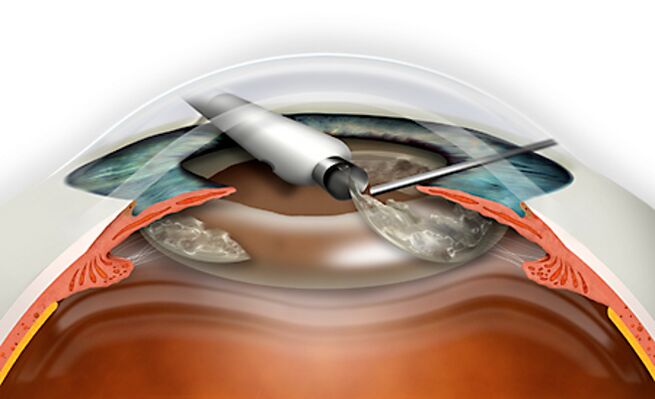
Refraction for the lens
During surgery, it is a damaged element of a visual system with an artificial system.When choosing an intraocular lens, the patient's unique properties are taken into account (age, not).The procedure takes 25 minutes, local anesthesia are used, and surgical manipulations take place without blood.Microdnaracs are converted to an emulsion with ultrasound and removed from the face.Refraction replacement is done with pathologies such as as follows:
- running myopia and hyperopia;
- Far vision;
- ban on laser correction;
- High levels of hyperopia that can cause glaucoma;
- Refraction violation and rapid loss of visual function.
Eximerlazer vision correction
Surgery intervention is recommended for eye stomachs such as strabismus, astigmatism, and far -sighted.There are many ways to be implemented, this is a Femo Lasik, the Federal Criminal Republic of Lasik.The doctor cuts off the upper layer of the cornea, and its curvature is changed with the cold beam of an excessive laser, and it is better to use local anesthesia and medium anesthesia.After eximerlazer correction, the patient gets rid of the problem as the procedure is 99%effective, plus other interventions.An unsuccessful operation leads to hyper -correction, causes redness, and the corneal layer looks inflammatory.
The correction of strabismus
The purpose of Strabismus's eye surgery is to improve the symmetrical position of the organ.The surgical intervention is divided into two types: the growth of muscles, which are responsible for the movement of the visual organ and the relief of the oculomotor muscle.In the first case, part of the musculoskeletal system, as well as part of the anti -position and tenorafia, are grated, secondly altered the location of the muscle recording, extending it with plasticity.What method should be contacted, the surgeon decides to be the degree of severity of each factors and pathology.
Scleroplasty
Doctors recommend that you refer to this type of intervention with uncontrolled development of myopia.Using the methodology, confirm and stabilize the patient's condition and stop loss of vision.Scleroplastics are presented by children and adolescents at the age of 17 during the active growth period, and such pathologies of the eye are equally rapidly developing myopia.
Once you have removed your eyes in the early days, the patient may feel severe pain, in which case you should consult your doctor and choose the right analgesics.
To remove formations
This type of surgical intervention was justified in the case of cystic tumors of halazium, conjunctiva and ptergium.Keeping the growth with tweezers will continue to cut out to eliminate the negative consequences, the wound is cauterized.To prevent infection, antibiotic ointments are used on the eyelids and a sterile bandage is used.The disadvantage is that the disease may develop again and cannot be returned to this therapeutic method.
Cataract removal
During the microsurge, a pathologically changed lens is removed and the therapy is performed with laser and ultrasonic phaco coemulsification.Special surgical tools through the micronades are cut and removed from the eye, replaced by artificial.Occasionally, a procedure called intracapsular and extra capsular extraction is performed.




















